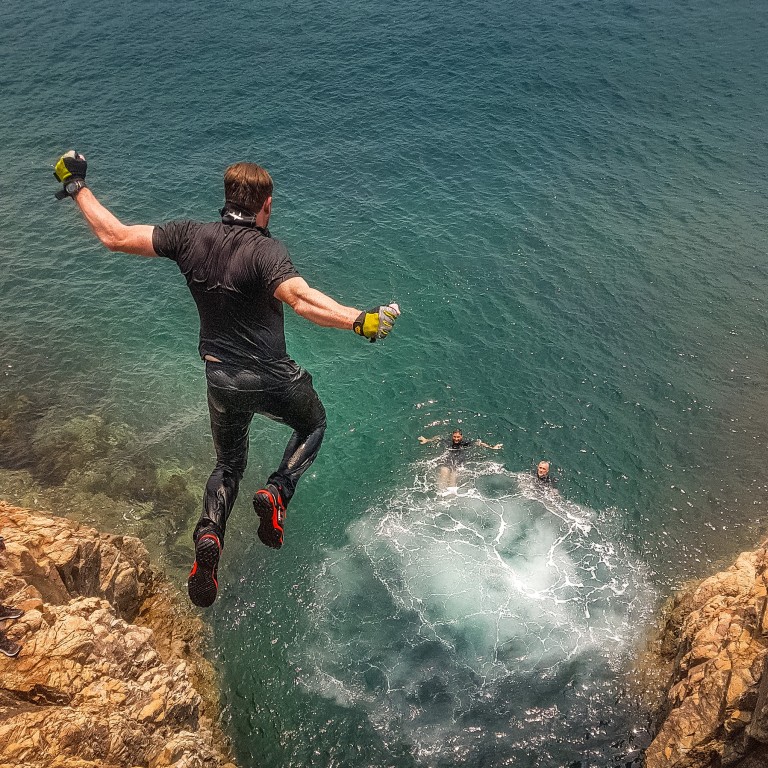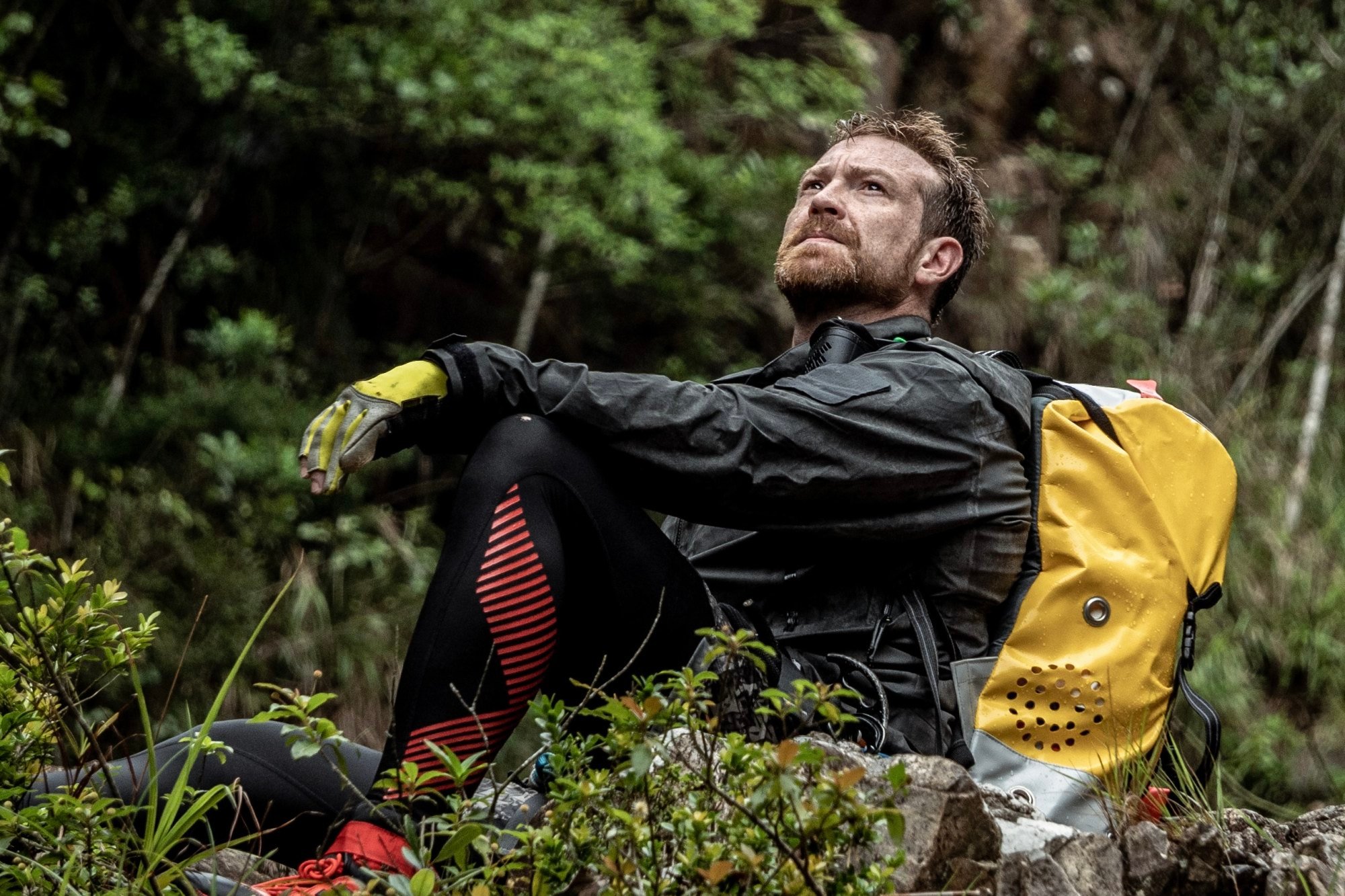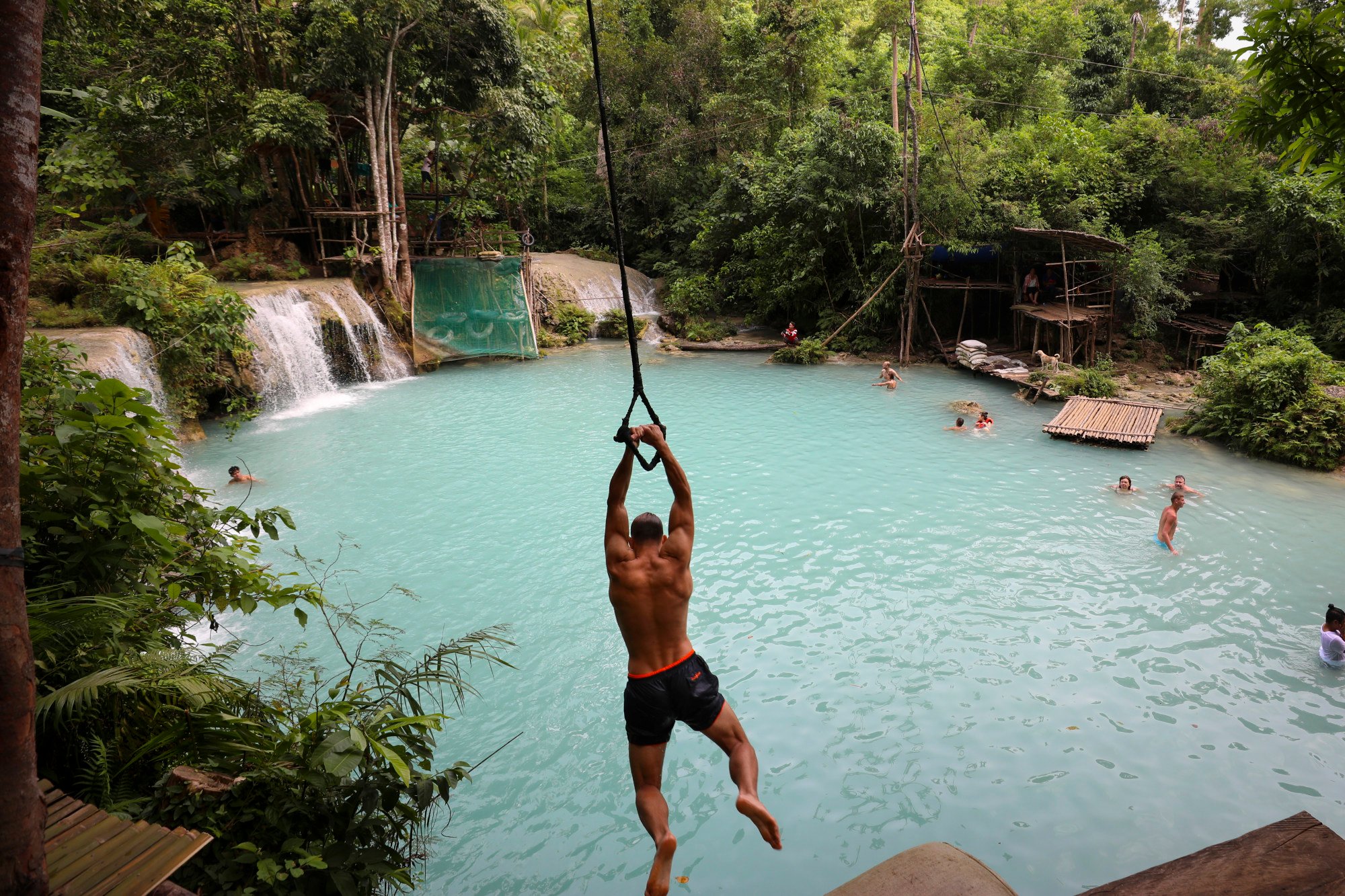
‘Fear is essential’: what makes an adrenaline junkie, and why sensation seekers are always looking for a new thrill
- Roland Sharman, founder of HKOutsider, a community of adventure seekers, is scared of heights, but is a fan of climbing, canyoning and coasteering
- Like many adrenaline junkies and sensation seekers, Sharman is always looking for new ways to challenge himself, a trait that is linked to brain chemistry
When Roland Sharman sees a cliff, he likes to jump off it or scale it, which is unusual behaviour considering he’s scared of heights. But facing his fear was the best way to conquer it.
“That fear is what introduced me to ‘vertical adventure’,” says Sharman, referring to rock climbing, canyoning and mountaineering – “activities that focus on climbing up, or abseiling down from, a height”.
“I realised that to find a path of empowerment, I would have to face my fear head on.”

The 53-year-old Briton is part of a growing global movement of thrill seekers. “Adventure is cool and very much part of popular culture,” he says.
But what makes some people adrenaline junkies, while others are content with a leisurely stroll along a beach?
Surf’s up: 5 outdoor activities to do in Hong Kong before winter is here
Hong Kong-based psychologist Katrina Rozga says it is a personality trait based on a drive towards thrill seeking, adventure seeking, experience seeking, disinhibition and susceptibility to boredom.
“Sensation seekers tend to be attracted to complex, novel and intense sensations, and often take risks to experience [them],” says Rozga, practice manager at Hong Kong’s Jadis Blurton Family Development Centre.
She points to research that shows the brains of people with a high score on the Sensation Seeking Scale – a 40-question test created in 1964 by US psychologist Marvin Zuckerman – tend to release more dopamine (the brain’s feel-good chemical) and less norepinephrine (a chemical created in your nerve endings that helps you stay focused) than those classified as low sensation seekers.
“This is because sensation seekers have lower levels of monoamine oxidase enzymes, which regulate neurotransmitters including dopamine which make an experience a positive and enjoyable one [and] ,” she says. “This can drive the person to repeat the sensation and seek out more new and exciting experiences.”

While sensation seeking is often linked to risky behaviour, Rozga says they are two separate things.
“Sensation seekers are looking for novel and exciting experiences which can, at times, lead to danger,” she says. However those who pursue risky behaviour are motivated by the risk of danger rather than novelty, she adds.
Sharman has his own theories as to why people seek adrenaline-pumping adventure.
He understands the addictive pull – “once you get comfortable with embracing vulnerability and expanding your comfort zone, it becomes incredibly addictive” – but says the positive impact these experiences have on personal growth should not be overlooked.
“For me, it’s not just about the act but the journey from the physical to the emotional, interacting with the environment and truly living in the moment,” he says. “This makes you stronger and more resilient both mentally and physically.”

Whether chilling with a book by a pool is your thing – or jumping off cliffs – Sharman says we’re all seeking the same result: to feel better physically and mentally.
“For some, work lives are stressful and a book by the pool is what they need to rebalance,” he says.
Thrill seekers, he says, look to further themselves and push to the next level by pursuing more adventurous activities. “Both lead to the same thing: personal balance and improved mental and physical health.”
And boundary pushing is a good thing: venturing into unknown, potentially dangerous territory, opens the mind to new discoveries that can help advance industries from technology to medicine.
No death wish: free climber Alex Honnold ‘lives the life he wants’
Sharman says we are living in an era where extreme sports and adventurous pursuits have become mainstream.
“Those in pursuit of adventure will likely use their holidays for the next adventure quest, but for those who do not naturally see themselves chasing the adrenaline rush, they might try a zip line in a resort which could start them on a new path of discovery,” Sharman says.
While he thrives on adventure, he’s not immune from fear. “You never truly overcome fear, you can only manage it,” he says. “In my case, fear is essential – it keeps me focused. You are living in the moment and that brings clarity.”
To come to terms with fear in these environments, Sharman says, it’s important to expand your comfort zones. “This means continued practice and slowly increasing the level of difficulty until you’re comfortable.”
Adventure and risk are different for everyone, says Sharman, whose thrill-seeking adventures have included free solo climbing, canyoning over 100 metres and coasteering – a combination of climbing, swimming, and cliff jumps – in adverse conditions.

His wish list includes para-alpinism – a combination of paragliding and alpine mountaineering – “most likely in Europe, around Chamonix-Mont-Blanc,” he says, referring to the resort area near the junction of France, Switzerland and Italy. “It’s the best place to train, with a big community based there.”
He is also interested in mountaineering at more than 8,000 metres.
His mission is to introduce adventure activities to those who don’t see themselves as adrenaline junkies.
“I want to help people create a sense of achievement, to build confidence and resilience so they can be the best version of themselves,” he says.

